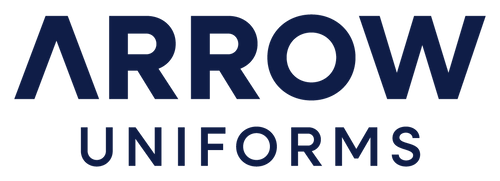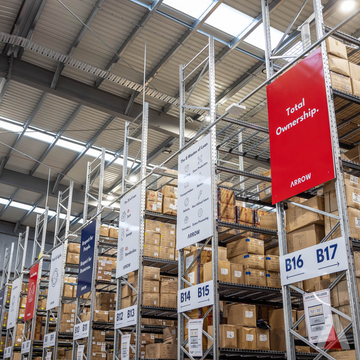Once you've got your brand and identity sorted out, you need to order uniforms for your team.
Uniform procurement isn't just about how many items you order, it's about choosing the supply model that fits your business.
The way you source uniforms can influence cash flow, sustainability, staff satisfaction, and operational efficiency.
Some organisations thrive on bulk ordering. Others need the agility of on-demand fulfilment. Increasingly, many are choosing a hybrid approach.
They key is finding the model, or combination, that works for your workforce, budget, and long-term plans.
Bulk Ordering: Efficient, Scalable – Best for Stability
Best suited for:
- Stable headcounts
- Centralised teams
- Predictable uniform usage
Benefits
- Secure volume discounts (often 10-25% savings depending on quantity and branding)
- Roll out new designs across your entire team at the same time
- Centralise distribution and maintain consistent quality control
Trade-offs:
- Requires accurate sizing predictions – errors can lead to reorders and delays
- You may order too much stock tying up valuable cash
- Storage and inventory management become essential (and resource-intensive)
- Front-loading costs can impact cash flow and limit flexibility if team structures change
On-Demand Supply: Flexible, Sustainable – Best for Change
Best suited for:
- Remote or rotating teams
- Seasonal or project-based hiring
- High staff turnover or role changes
Benefits:
- Staff order their own sizes, reducing misfits and returns
- Eliminates overstocking and warehousing needs
- Supports personalised branding or role-based variations without excess risk
- A 2023 Unifi study found that on-demand systems can reduce uniform waste by up to 30% thanks to fewer excess units and more accurate sizing
Trade-offs:
- Slightly higher per-unit cost
- Relies on robust supplier technology and fulfilment infrastructure
The Hybrid Model: Control Meets Agility
For many organisations, the best option is both.
Typical approach:
- Bulk orders for standard, stable needs
- On-demand top-ups for new hires, size changes, or seasonal shifts
Why it works:
- Achieves volume savings on core needs
- Maintains flexibility for changes in staffing or branding
- Reduces waste and improves sustainability outcomes
- Increases team satisfaction with better fit and timely delivery
Key Questions to Find Your Best-Fit Supply Model
Ask yourself:
- How often does your team change or grow?
- Do you have storage capacity for stock?
- Is branding consistent or varied by role/site?
- Are you aiming to reduce waste or streamline admin?
- Do staff work across multiple locations or shifts
The right model should support performance, sustainability, and morale – not just procurement.
If in doubt, ask Arrow Uniforms!
Our expert team have deep experience across both approaches and can make a recommendation to you on what would work best all things considered. Sometimes it's timing of rollout, sometimes it's cash, sometimes it's having an appropriate employee internally to manage the ordering issuing and stock levels of your uniforms.
Sometimes it's best to leave it to a specialist uniform company like Arrow Uniforms.
We will advise you on what the options are for you to decide.




